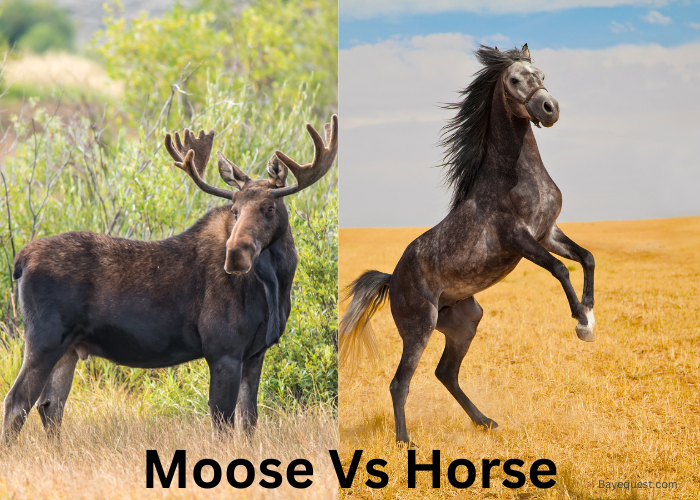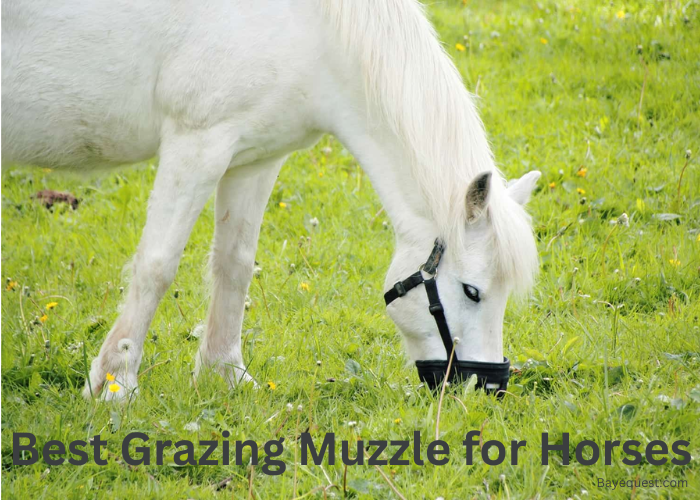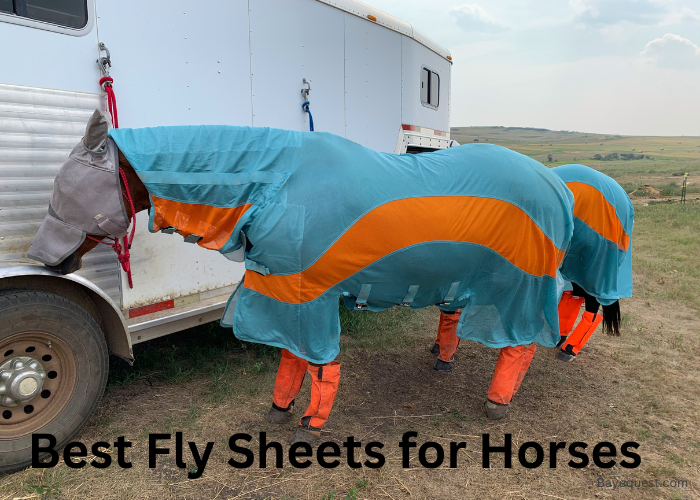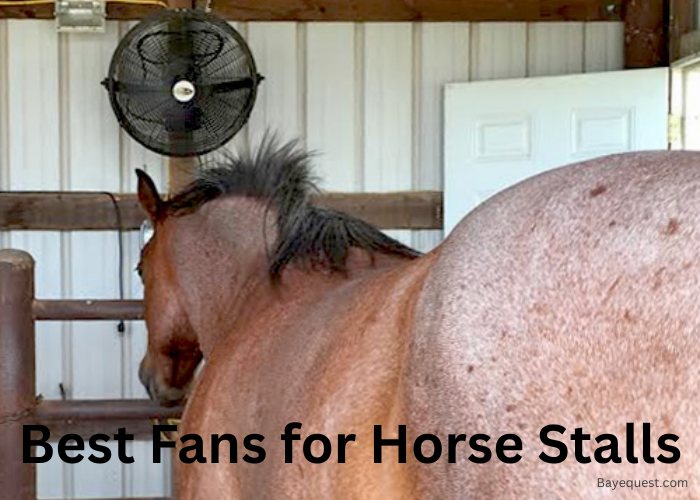Moose and horses are two powerful animals with striking differences. One roams the wild forests, the other often lives alongside humans.
Both are icons of strength and beauty in their own way. But how do they compare?
From their towering sizes to their unique behaviors, these animals couldn’t be more different.
Whether it’s speed, strength, or survival skills, each has fascinating traits that set them apart.
Dive in as we explore what makes the moose and horse so distinct yet equally captivating.
Moose Vs Horse: Key Takeaway
Moose and horses are large mammals with key differences. Moose thrive in forests and are taller, while horses adapt globally and excel in speed. Moose are solitary, with antlers and a dark coat, while horses are social, with varied colors and uses. Both showcase unique strength and survival skills.
What is a Moose
A moose, scientifically known as Alces alces, is the largest member of the deer family, Cervidae.
These animals have a towering size, long legs, and large, palm-shaped antlers found on males. They are herbivores, thriving in regions with abundant vegetation.
Moose inhabit boreal forests and temperate woodlands. They are commonly found near rivers, lakes, and wetlands, where they can feed on aquatic plants.
Their long legs help them wade through water and deep snow with ease, making them well-adapted to cold environments.
Geographically, moose are native to the Northern Hemisphere. They are widely distributed across Canada, Alaska, Scandinavia, and parts of Russia.
Smaller populations exist in the northern United States and some European countries. Their habitat preference and adaptations make them icons of the northern wilderness.
What is a Horse
A horse (Equus ferus caballus) is a domesticated mammal and a member of the Equidae family.
Horses are known for their speed, strength, and grace, making them valuable to humans for transportation, work, and companionship for thousands of years.
They are herbivores, primarily grazing on grass and hay. Horses thrive in a variety of environments, from grassy plains to mountainous regions.
Domesticated horses are kept worldwide, while wild or feral horses are found in areas like North America, Australia, and Central Asia.
Horses vary greatly in size, color, and temperament. They are bred into over 300 different breeds, each suited for specific purposes, such as racing, farming, or riding.
Moose Vs Horse: Side By Side Comparison
Moose and horses are fascinating creatures with unique traits. Let’s dive into how these two remarkable species measure up against each other.
Horse Vs Moose: Habitat and Distribution
Horses are incredibly versatile animals found all over the world.
Domesticated horses live in pastures, stables, and farms, while wild horses roam open plains, deserts, and grasslands.
Their ability to adapt to various climates makes them globally widespread.
Moose, on the other hand, are creatures of the cold northern regions. They inhabit boreal forests and wetlands in North America, Europe, and Asia.
Unlike horses, moose are solitary and prefer areas rich in water and vegetation.
Horses thrive in the company of humans, but moose find their strength in the solitude of the wilderness.
Moose Vs Horse: Diet
Horses are grazers. They eat grasses, hay, and grains. Their diet is high in fiber, and they need continuous access to food to maintain their digestion.
Domesticated horses often have their diets supplemented with minerals.
Moose are browsers. They feed on shrubs, leaves, bark, and aquatic plants.
They prefer tender, nutrient-rich vegetation found in forests and wetlands.
While horses graze on flatlands, moose forage in thick forests and even wade into water to reach aquatic plants.
Horse or Moose: Lifespan
Horses live longer, with a typical lifespan of 25-30 years for domesticated breeds. Their longevity depends on care, nutrition, and health management.
Moose have a shorter lifespan, usually 15-20 years in the wild. Factors like predation and harsh winters often limit their life expectancy.
Horse lifespan as human companions is longer than moose’s who face a tougher survival battle.
Moose or Horse: Coat Color
Horses come in a stunning variety of coat colors.
From black, brown, and chestnut to gray, roan, and even spotted patterns, each breed showcases unique shades.
Moose have a uniform, dark brown or black coat. Their coloration provides excellent camouflage in dense forests.
Unlike horses, moose lack variety but excel in blending into their environment.
Moose Versus Horse: Facial Features
Horses have long, sleek faces with prominent nostrils and expressive eyes. Their ears are upright and move independently to detect sounds.
Moose have a bulky face with a distinctive overhanging nose and a fleshy dewlap under their chin.
Their large ears are rounded and help them stay alert in the wild. A horse’s face reflects elegance, a moose’s face speaks of rugged survival.
Horse Vs Moose: Size and Weight
Horses vary widely in size. Small breeds like ponies stand around 4 feet tall, while large draft horses reach 6 feet.
They weigh between 900 to 2,200 pounds, depending on the breed.
Moose tower over most horses, with males reaching up to 7 feet at the shoulder. They weigh between 1,000 to 1,800 pounds.
Horses come in a wider range of sizes, but moose stand taller.
Horse Versus Moose: Speed and Agility
Horses are built for speed. They can gallop at speeds up to 55 mph and are agile enough to navigate challenging terrains.
Racehorses, in particular, are bred for unmatched speed.
Moose are surprisingly fast for their size. They can run up to 35 mph in short bursts and maneuver through dense forests with ease.
That means horses excel on open plains, moose dominate rugged woodland paths.
Horse and Moose: Key Strength and Power
Horses are powerful animals capable of pulling heavy loads and carrying riders for miles.
Their muscular build makes them ideal for work, transport, and sport.
Moose are equally strong, but their power lies in survival.
Their massive antlers and strong legs can fend off predators, and they are capable of charging with force.
Horses showcase strength in partnership, while moose rely on their power for defense.
Moose and Horse: Behavior and Temperament
Horses are social animals. They live in herds and develop strong bonds with humans.
Their temperament ranges from calm and gentle to spirited, depending on the breed and training.
Moose are solitary and prefer to keep their distance.
They are not aggressive unless provoked, but during mating season or when defending calves, they can become highly unpredictable.
That goes without saying, that horses are companions, moose are survivors.
Moose Vs Horse: Threats and Predators
Horses, especially domesticated ones, face fewer natural predators.
Their primary threats are human-related, such as accidents or neglect. Wild horses may encounter predators like wolves and cougars.
Moose face constant threats from wolves, bears, and human hunters. Harsh winters and vehicle collisions also pose significant dangers.
While horses often live under human care, moose must navigate a perilous wilderness.
Horse Vs Moose Summary
| Feature | Horse | Moose |
| Scientific Name | Equus ferus caballus | Alces alces |
| Family | Equidae | Cervidae |
| Habitat | Pastures, grasslands, deserts, and mountainous regions | Boreal forests, wetlands, and cold northern regions |
| Geography | Found worldwide, both domesticated and wild | Native to North America, Europe, and Asia |
| Diet | Herbivorous; grazes on grass, hay, and grains | Herbivorous; browses shrubs, leaves, bark, and aquatic plants |
| Lifespan | 25-30 years (domesticated) | 15-20 years (wild) |
| Coat color | Wide variety: black, brown, chestnut, gray, spotted, and more | Uniform dark brown or black |
| Facial features | Sleek face with large, expressive eyes and upright ears | Bulky face with large overhanging nose and fleshy dewlap |
| Size and weight | Height: 4-6 feet; Weight: 900-2,200 pounds (varies by breed) | Height: Up to 7 feet; Weight: 1,000-1,800 pounds |
| Speed | Up to 55 mph (racehorses) | Up to 35 mph in short bursts |
| Agility | Excellent in open plains and varied terrains | Strong in forests and snow |
| Strength | Carries heavy loads and excels in work and sport | Uses antlers and strong legs for defense and survival |
| Behavior | Social, lives in herds, bonds with humans | Solitary, prefers isolation except during mating season |
| Strength and predators | Few predators (wild horses: wolves, cougars); human-related threats | Natural predators: wolves, bears; human hunting and vehicle collisions |
Fun Facts of a Moose
Moose are fascinating creatures with unique traits that make them stand out in the wild. Here are 10 fun facts about these majestic giants:
1. Male moose grow antlers that can span up to six feet wide, making them the largest in the deer family.
2. They are excellent swimmers and can dive up to 20 feet underwater to feed on aquatic plants.
3. The flap of skin under their throat, called a dewlap or “bell,” has an unclear purpose but might help during mating season.
4. Moose have exceptional hearing and smell, compensating for their poor eyesight.
5. Their long legs, measuring over three feet, allow them to move through deep snow and dense forests with ease.
6. Moose calves grow rapidly, standing and walking within hours of birth and outrunning predators within months.
7. During antler growth, their antlers are covered in velvet, which supplies essential nutrients.
8. Moose are vocal during mating season, with calls that can travel over a mile through forests.
9. Vehicle collisions are a common danger for moose, as their size makes them a significant road hazard.
10. Moose are solitary animals, preferring to roam alone except during mating season or while caring for their calves.
Horse Fun Facts
Horses are incredible animals with a rich history and fascinating traits. Here are 10 horse fun facts:
1. Horses can sleep both lying down and standing up, thanks to a unique locking mechanism in their legs.
2. Their hooves are made of the same protein as human hair and nails—keratin.
3. Horses have nearly 360-degree vision due to their eye placement, but they cannot see directly in front or behind them.
4. A horse’s heart weighs about 9-10 pounds and can pump an incredible amount of blood during physical activity.
5. Horses can communicate through body language, ear movement, and even subtle facial expressions.
6. The fastest recorded gallop speed of a horse is 55 mph, achieved by a racehorse named Winning Brew.
7. Horses are social animals and form strong bonds with their herd mates and humans.
8. There are over 300 horse breeds, ranging from small ponies like Shetlands to massive draft horses like Clydesdales.
9. Horses have an excellent memory and can remember people and places even after years apart.
10. Their digestive system is designed to process small amounts of food continuously, which is why they graze throughout the day.
Moose Vs Horse: Conclusion
Moose and horses may share some similarities, but their differences make them stand out in fascinating ways.
The moose is a solitary giant of the wild, built for survival in rugged forests and icy waters.
The horse, on the other hand, is a loyal companion, thriving in partnership with humans and showcasing unmatched versatility.
Both are icons of strength, grace, and adaptability in their own worlds.
Whether you’re drawn to the wilderness or the open plains, these remarkable animals remind us of nature’s endless diversity and wonder.








